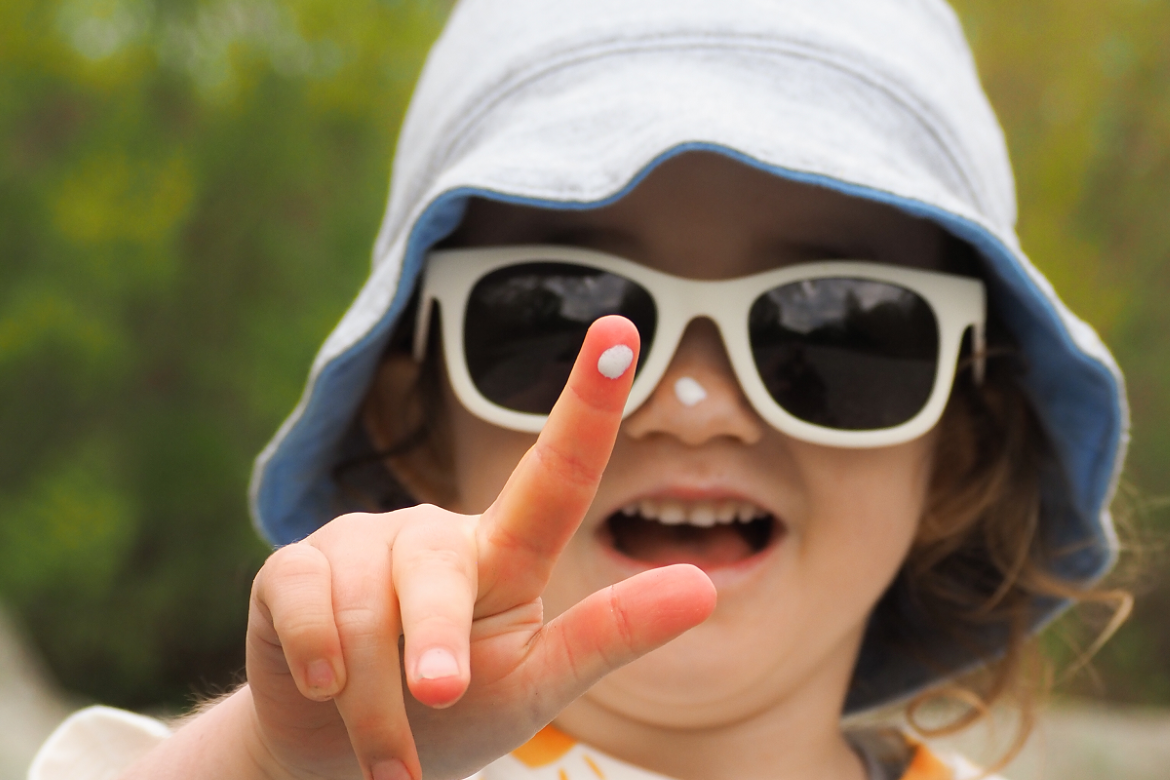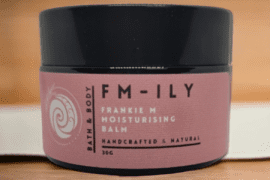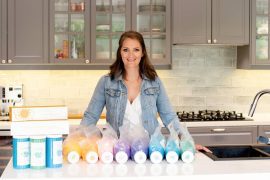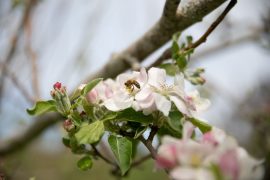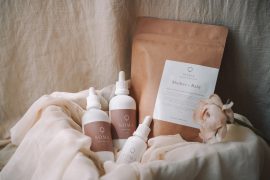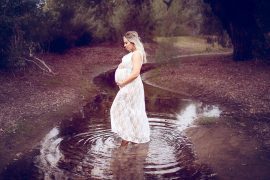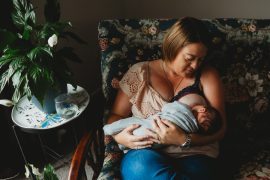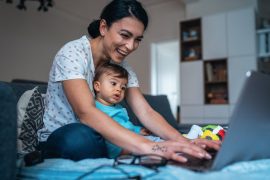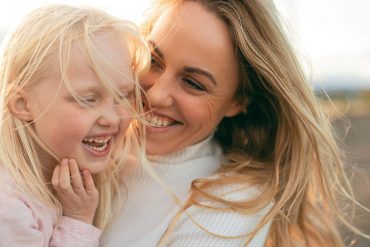Being outside with our families is so much fun but we need to be mindful of the effect our New Zealand sun can have on our children’s skin as well as our own. The summer weather means spending fun days at the beach or park with the family and making the most of the glorious sunshine. While you’re packing your beach bag, it’s essential to include a high-quality sunscreen, which is where Heliocare is the perfect choice to help protect your whole family’s skin. Heliocare is a market leader in sun protection and their full range of suncare products includes topical sunscreens and capsules so you can protect your skin from the inside and out. The globally recognised brand also offers a range of Pediatrics suncare designed especially for children’s sensitive skin.
“An overdose of sun can lead to sunburn, skin and eye damage. Our bodies however do need some sun to help make vitamin D which is very important for things like strong bones and muscles. We just need to take precautions not to overdo our sun exposure,” says Michelle Watts, Registered Nurse at NEO Skin Lab where Heliocare is recommended to clients and their children.
When you’re looking for sunscreen you should always look for SPF50 on the label to get the best sun protection.
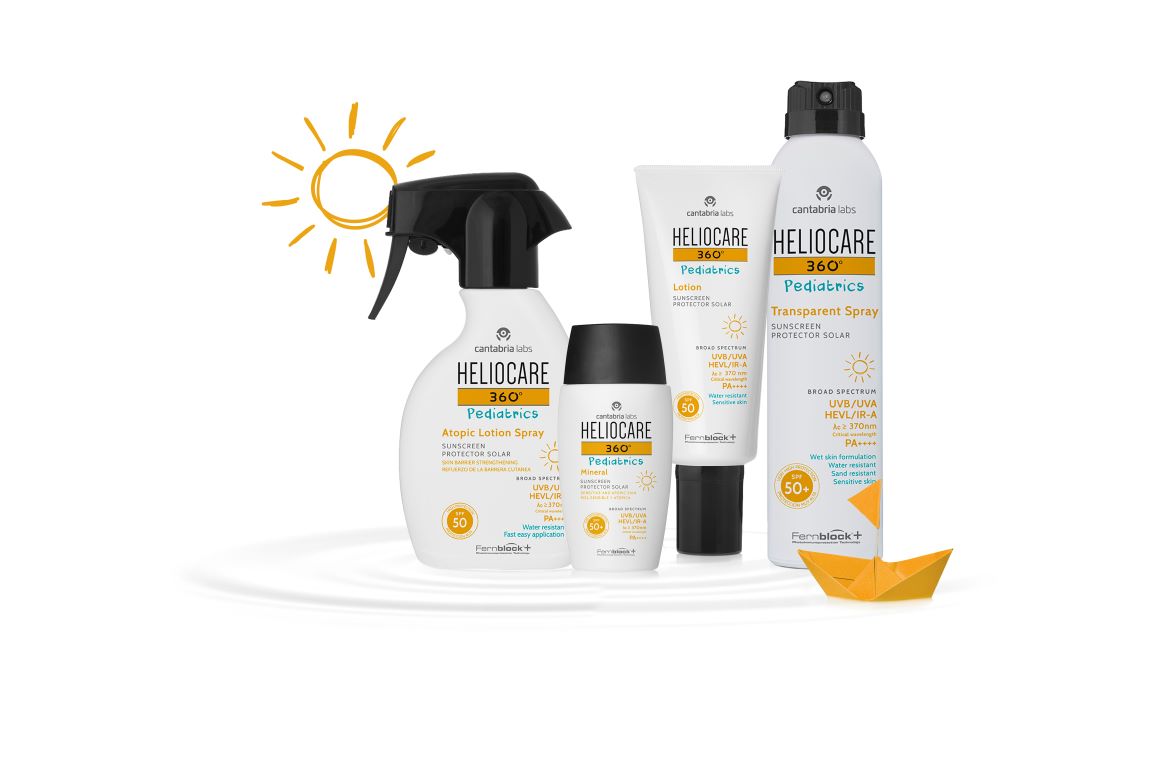
But what does SPF actually mean?
It stands for Sun Protection Factor, and the number beside it indicates how well that particular sunscreen protects skin against sunburn. The SPF number is how long the sun’s UV radiation would take to redden your skin when using the product (exactly as directed) versus the amount of time without any sunscreen. So ideally, with SPF 50 it would take you 50 times longer to burn than if you weren’t wearing sunscreen.
To get that maximum protection, you must apply sunscreen to yours and your family’s skin liberally and thoroughly, and 30 minutes before you head out into the sun, reapplying every 2 hours for best protection.
Here in New Zealand, we do have naturally high UV levels compared with countries of similar latitudes. Our peak UV levels can be 40 percent higher than peak UV levels in similar North American latitudes! The sun in New Zealand is harsher due to two main factors – firstly, we have clearer air than other countries where smog or pollution can act as a bit of a sun screen. Secondly, sunburns significantly increase the lifetime risk of developing skin cancer, especially sunburns in childhood.
“So, hats are really important. Pop on an SPF 50 and reapply every 2 hours and more frequently if your kids are in and out of the water. Seek shade where you can and pop on a pair of sunglasses to protect their eyes. It will be a bit of a mission with hats and glasses to begin with but they will soon get used to them, especially if it is routine, before being able to go outside and do all the fun things kids love doing”.
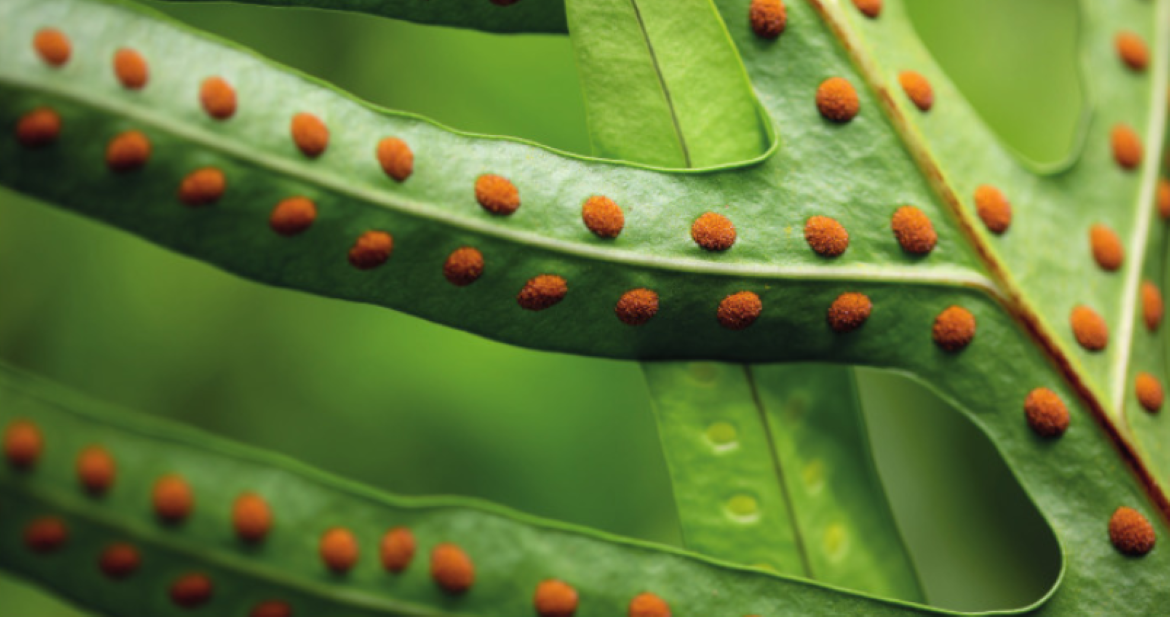
How do we teach our children about being safe in the sun?
“We talk about it from a very early age, often and clearly,” adds Michelle. “Explain that the sun cream we apply helps to stop the bits of the sun getting through that hurt our skin. We need to keep putting the sun cream on regularly because when we play and go in the water the cream rubs off and then our skin is not protected anymore. The more we normalise applying sun cream daily all year round it will become a habit for our kids and they will do it without even thinking.”
It’s important be mindful of what time of the day we venture outside with the kids. The UV is always highest during the middle part of the day, so between 11am and 3pm. It is wise to limit exposure during this time.

